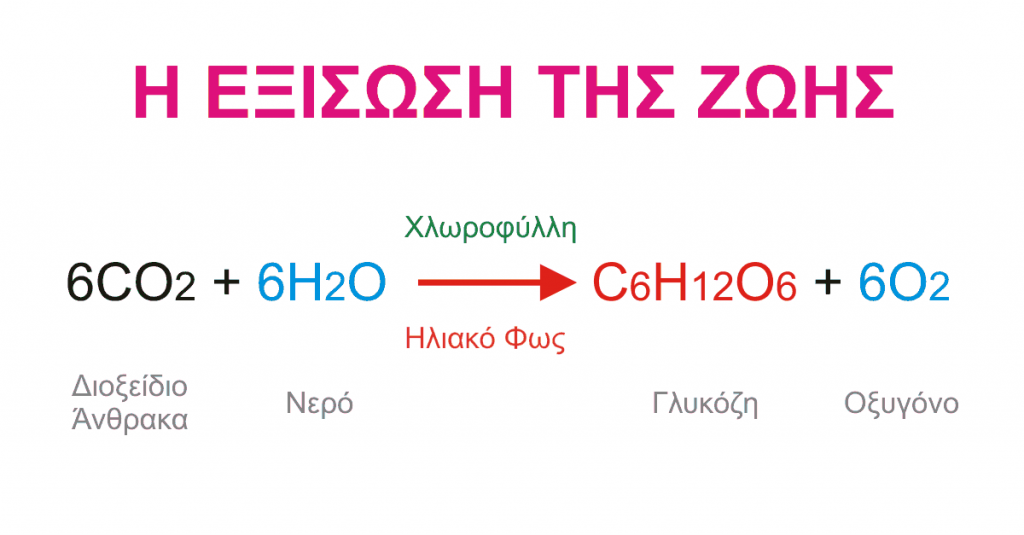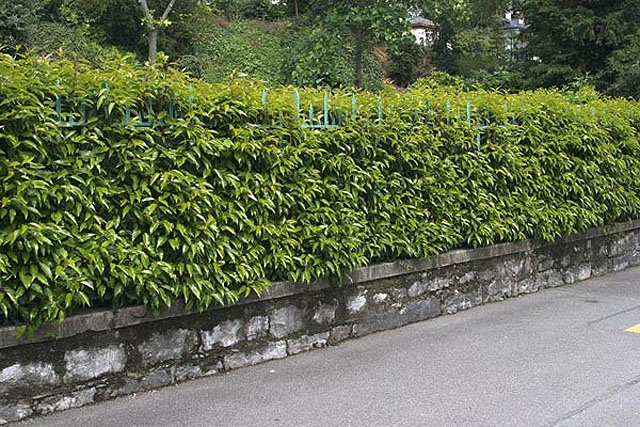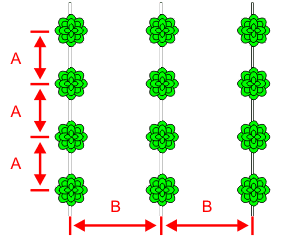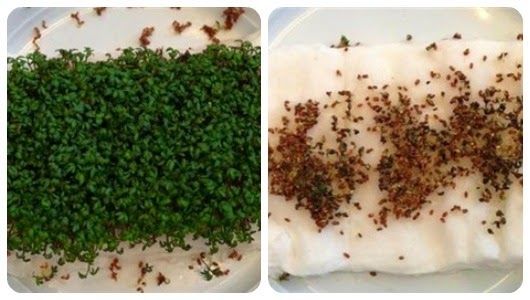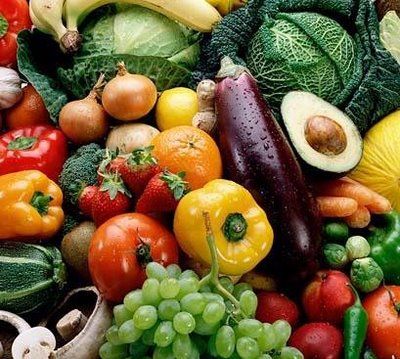This is the equation of photosynthesis!
The chemistry that happens every day in every little green leaf of every plant on the planet. From the weed to the ever-living giant tree.
The reason life exists on Earth as we know it today.
The mechanism of photosynthesis
Carbon dioxide and water with the help of chlorophyll and sunlight energy are converted into glucose for the needs of the plant and oxygen which is released into the atmosphere.
Carbon dioxide enters the plants through the mouths on the leaves. Water is mainly absorbed by the plant’s root system and transported to the leaves.
Sunlight strikes the chlorophyll cells found in the leaves and also in the trunk of the plant.
The energy from the sunlight is absorbed and leads to a chemical reaction between carbon dioxide and hydrogen in the water.
This produces glucose, the most common hydrocarbon, and simple sugar (an energy carrier) which is transported to all parts of the plant.
Oxygen is released as a by-product of this reaction from the mouths of the leaves.
Water vapour is also released when the leaf mouths open.
Plants produce their food through the process of photosynthesis. Plants use the photosynthetically produced food as energy to run the processes necessary for their growth.
Plants store excess energy in the form of hydrocarbons to be used when there is a shortage of food.
Plants are chemical factories. They produce oxygen, in return for there being
Every plant, small or large, humble or majestic, beautiful or ugly, edible or inedible, is a complex chemical factory.
It uses carbon dioxide, water, energy from sunlight to produce glucose with the help of chlorophyll.
The by-product, the waste product of this reaction is the oxygen that all living organisms on earth breathe.
We have a responsibility to ensure that there are plenty of healthy plants all around us.
They produce oxygen in exchange for existing.
Sources
Tags: CARBON DIOXIDE • CHLOROPHYLL • LIFE • OXYGENE • PHOTOSYNTHESIS • PLANTS

